Ancient Near Eastern Languages in Contact –eLecture Series
We are pleased to announce that University College London and King’s College London are co-hosting an eLecture series, entitled Ancient Near Eastern Languages in Contact(ANELC). With this initiative we aim to bring together scholars from around the world with an interest in Ancient Near Eastern languages, and we hope it stimulates an exchange of ideas and collaboration in a time of academic isolation. The eLectures take place each Wednesday from 1 July until 26 August 2020 from 16:00 until 17:00 BST (London). We are delighted to invite you to this free online event and we look forward to seeing you in one of the meetings!
Co-Organizers: Dr Alinda Damsma —Dr Lily Kahn —Dr Jonathan Stökl
Schedule ANELC eLecture series
Wednesdays 1 July –26 August 2020 from 16:00 until 17:00 BST (London)
18:00-19:00 IDT (Jerusalem)
17:00-18:00 CET (Paris)
11:00-12:00 EST (New York)
08:00-09:00 PST (Los Angeles)
eLecture 1 01.07.20 Dr Mark Weeden (SOAS, London)Language Contact between Hittite and Sumeriane
Lecture 2 08.07.20 Prof. Mark Geller (University College London)Mind the Gap: A Lecture on Comparative AncientMagic from Mesopotamia
eLecture 3 15.07.20 Prof. Aaron Rubin (Pennsylvania State University)The Relationship of Egyptian and Semitice
Lecture 4 22.07.20 Prof. Gary A. Rendsburg (Rutgers University New Brunswick)Ancient Hebrew and Hieroglyphic Egyptian:Contact through the Agese
Lecture 5 29.07.20 Prof. Dr. Stefan Schorch (Martin-Luther-Universität Halle-Wittenberg)Through Aramaic Lenses: Reconstructing Late Antique Samaritan Hebrew
eLecture 6 05.08.20 Dr MariekeDhont (University of Cambridge)Jewish Multilingualism in the Second Temple Period: Greek as a Jewish Language
eLecture 7 12.08.20 Benjamin Whittle (University College London)The Translation of Biblical Hebrew Verbal Stems in the Septuagint of the Pentateuch and Former Prophets
eLecture 8 19.08.20 Dr Na'ama Pat-El (University of Texas Austin) & Dr Phillip Stokes (University of Tennessee Knoxville)Reevaluating Contact between Aramaic and Arabic in the Levant
eLecture 9 26.08.20 Dr Rebecca Hasselbach-Andee (University of Chicago)

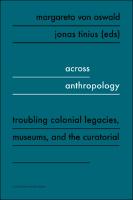












 The Hafit period at Al-Khashbah, Sultanate of Oman: results of four years of excavations and material studies by Conrad Schmidt & Stephanie Döpper. Pages 265-274 from Proceedings of the Seminar for Arabian Studies Volume 49 2019 edited by Daniel Eddisford. PSAS49 2019.
The Hafit period at Al-Khashbah, Sultanate of Oman: results of four years of excavations and material studies by Conrad Schmidt & Stephanie Döpper. Pages 265-274 from Proceedings of the Seminar for Arabian Studies Volume 49 2019 edited by Daniel Eddisford. PSAS49 2019. 
 Aspects of Medieval Secular Imagery: Representations of Warriors in Byzantine Glazed Pottery from Argos and Nauplio (12th-13th centuries) by Anastasia Vassiliou. Pages 227-245 from En Sofía mathitéfsantes. Essays in Byzantine Material Culture and Society in Honour of Sophia Kalopissi-Verti edited by Charikleia Diamanti and Anastasia Vassiliou.
Aspects of Medieval Secular Imagery: Representations of Warriors in Byzantine Glazed Pottery from Argos and Nauplio (12th-13th centuries) by Anastasia Vassiliou. Pages 227-245 from En Sofía mathitéfsantes. Essays in Byzantine Material Culture and Society in Honour of Sophia Kalopissi-Verti edited by Charikleia Diamanti and Anastasia Vassiliou. Late Prehistoric Fortifications in Europe: Defensive, Symbolic and Territorial Aspects from the Chalcolithic to the Iron AgeProceedings of the International Colloquium ‘FortMetalAges’, Guimarães, Portugal edited by Davide Delfino, Fernando Coimbra, Gonçalo P. C. Cruz and Daniela Cardoso. Paperback; 205x290mm; 256 pages; 93 figures; 5 tables; 2 maps (colour throughout). 617 2020.
Late Prehistoric Fortifications in Europe: Defensive, Symbolic and Territorial Aspects from the Chalcolithic to the Iron AgeProceedings of the International Colloquium ‘FortMetalAges’, Guimarães, Portugal edited by Davide Delfino, Fernando Coimbra, Gonçalo P. C. Cruz and Daniela Cardoso. Paperback; 205x290mm; 256 pages; 93 figures; 5 tables; 2 maps (colour throughout). 617 2020.  Approaches to the Analysis of Production Activity at Archaeological Sites edited by Anna K. Hodgkinson and Cecilie Lelek Tvetmarken. Paperback; 205x290mm; 206 pages; illustrated throughout in colour and black & white (58 pages in colour). 609 2020.
Approaches to the Analysis of Production Activity at Archaeological Sites edited by Anna K. Hodgkinson and Cecilie Lelek Tvetmarken. Paperback; 205x290mm; 206 pages; illustrated throughout in colour and black & white (58 pages in colour). 609 2020.  Eastern Roman Mounted Archers and Extraordinary Medico-Surgical Interventions at Paliokastro in Thasos Island during the ProtoByzantine PeriodThe Historical and Medical History Records and the Archaeo-Anthropological Evidence by Anagnostis P. Agelarakis. Paperback; 203x276mm; iv+50 pages; 28 figures, 1 table (colour throughout). 111 2020.
Eastern Roman Mounted Archers and Extraordinary Medico-Surgical Interventions at Paliokastro in Thasos Island during the ProtoByzantine PeriodThe Historical and Medical History Records and the Archaeo-Anthropological Evidence by Anagnostis P. Agelarakis. Paperback; 203x276mm; iv+50 pages; 28 figures, 1 table (colour throughout). 111 2020.  Pottery of ManqabadA Selected Catalogue of the Ceramic Assemblage from the Monastery of ‘Abba Nefer’ at Asuyt (Egypt) by Ilaria Incordino. Paperback; 203x276mm; 128 pages; fully illustrated catalogue in colour. 110 2020.
Pottery of ManqabadA Selected Catalogue of the Ceramic Assemblage from the Monastery of ‘Abba Nefer’ at Asuyt (Egypt) by Ilaria Incordino. Paperback; 203x276mm; 128 pages; fully illustrated catalogue in colour. 110 2020.  Las relaciones comerciales marítimas entre Andalucía occidental y el Mediterráneo central en el II milenio a.C. by Mercedes de Caso Bernal. Paperback; 203x276mm; 140 pages; 30 figures (27 pages in colour). Spanish text. 109 2020.
Las relaciones comerciales marítimas entre Andalucía occidental y el Mediterráneo central en el II milenio a.C. by Mercedes de Caso Bernal. Paperback; 203x276mm; 140 pages; 30 figures (27 pages in colour). Spanish text. 109 2020.  The Atlas of Hillforts of Britain and Ireland online by John Pouncett. Pages 155-162 from Hillforts: Britain, Ireland and the Nearer Continent edited by Gary Lock and Ian Ralston.
The Atlas of Hillforts of Britain and Ireland online by John Pouncett. Pages 155-162 from Hillforts: Britain, Ireland and the Nearer Continent edited by Gary Lock and Ian Ralston. Piazza ArmerinaL'area nord dell'insediamento medievale presso la Villa del Casale edited by Carmela Bonanno. Paperback; 203x276mm; 172 pages; illustrated throughout in colour and black & white. 107 2020.
Piazza ArmerinaL'area nord dell'insediamento medievale presso la Villa del Casale edited by Carmela Bonanno. Paperback; 203x276mm; 172 pages; illustrated throughout in colour and black & white. 107 2020. 


































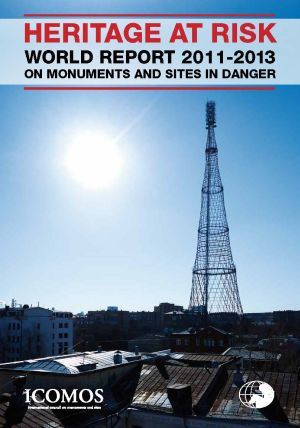
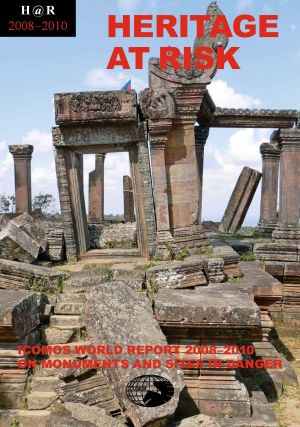
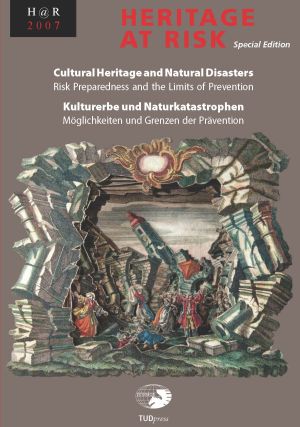
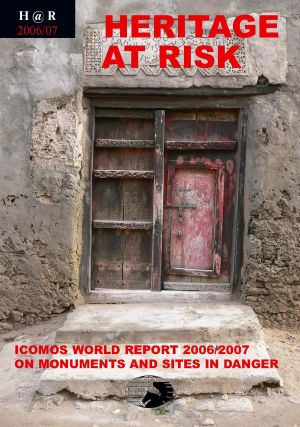
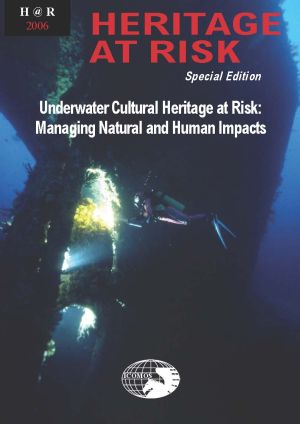
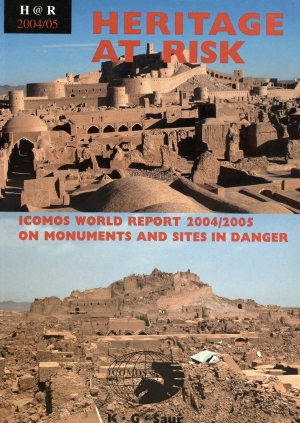
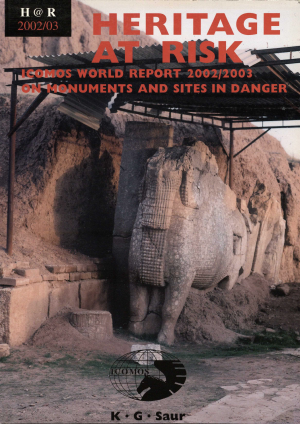
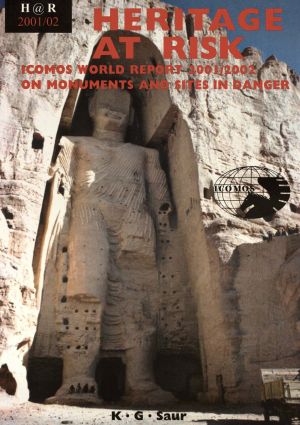







 Revista de Bioarqueología "ARCHAEOBIOS" N° 7 ISSN 1996-5214 - Diciembre 2013.
Revista de Bioarqueología "ARCHAEOBIOS" N° 7 ISSN 1996-5214 - Diciembre 2013. Revista de Bioarqueología "ARCHAEOBIOS" N° 6 ISSN 1996-5214 - Diciembre 2012.
Revista de Bioarqueología "ARCHAEOBIOS" N° 6 ISSN 1996-5214 - Diciembre 2012. Revista de Bioarqueología "ARCHAEOBIOS" N° 5 ISSN 1996-5214 - Diciembre 2011.
Revista de Bioarqueología "ARCHAEOBIOS" N° 5 ISSN 1996-5214 - Diciembre 2011. Revista de Bioarqueología "ARCHAEOBIOS" N° 4 ISSN 1996-5214 - Diciembre 2010.
Revista de Bioarqueología "ARCHAEOBIOS" N° 4 ISSN 1996-5214 - Diciembre 2010.

 Revista de Bioarqueología "ARCHAEOBIOS" N° 1 ISSN 1996-5214 - Setiembre 2007.
Revista de Bioarqueología "ARCHAEOBIOS" N° 1 ISSN 1996-5214 - Setiembre 2007.







